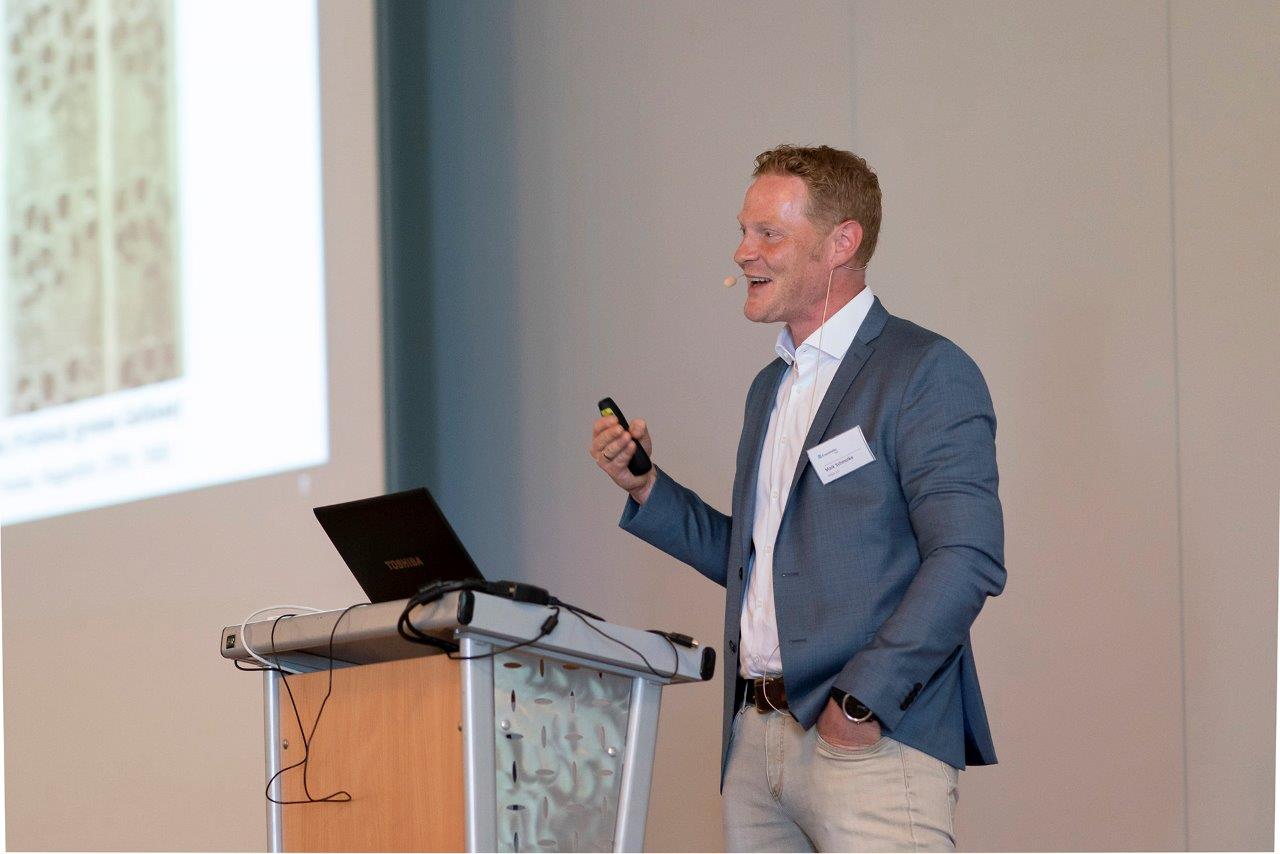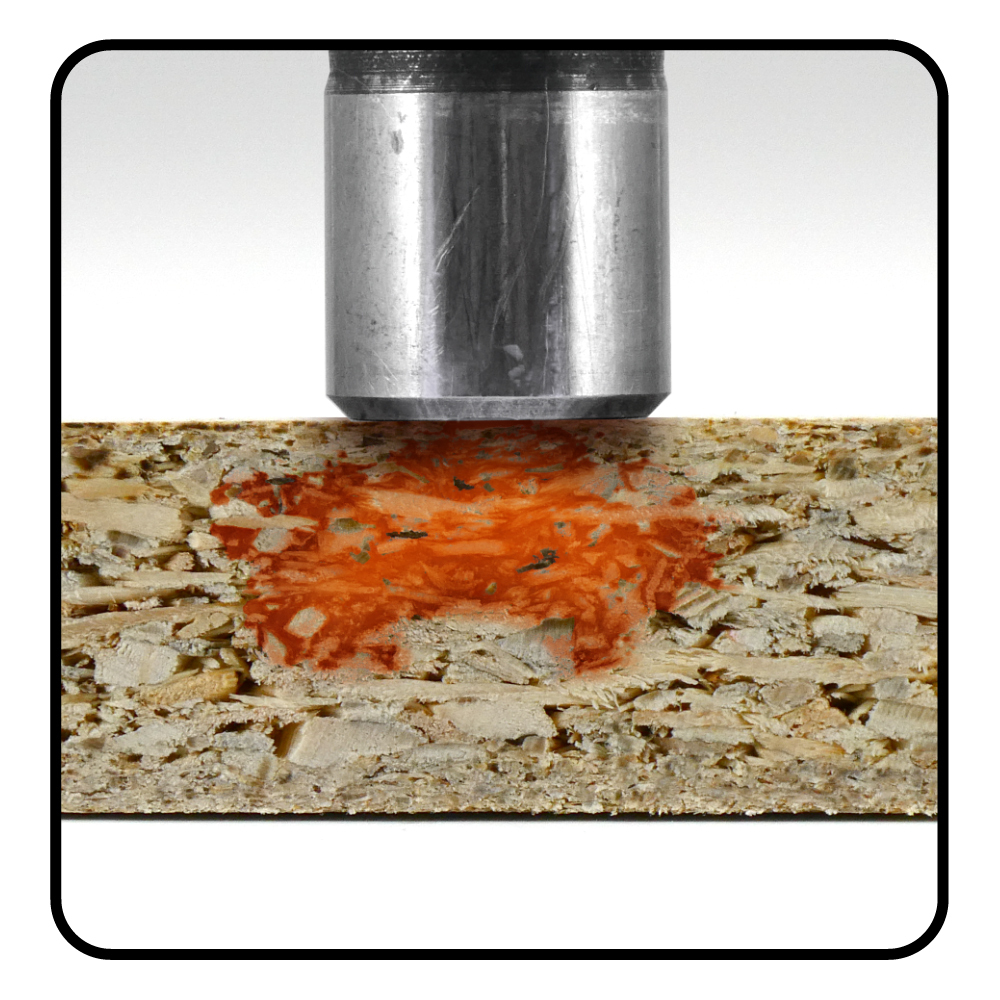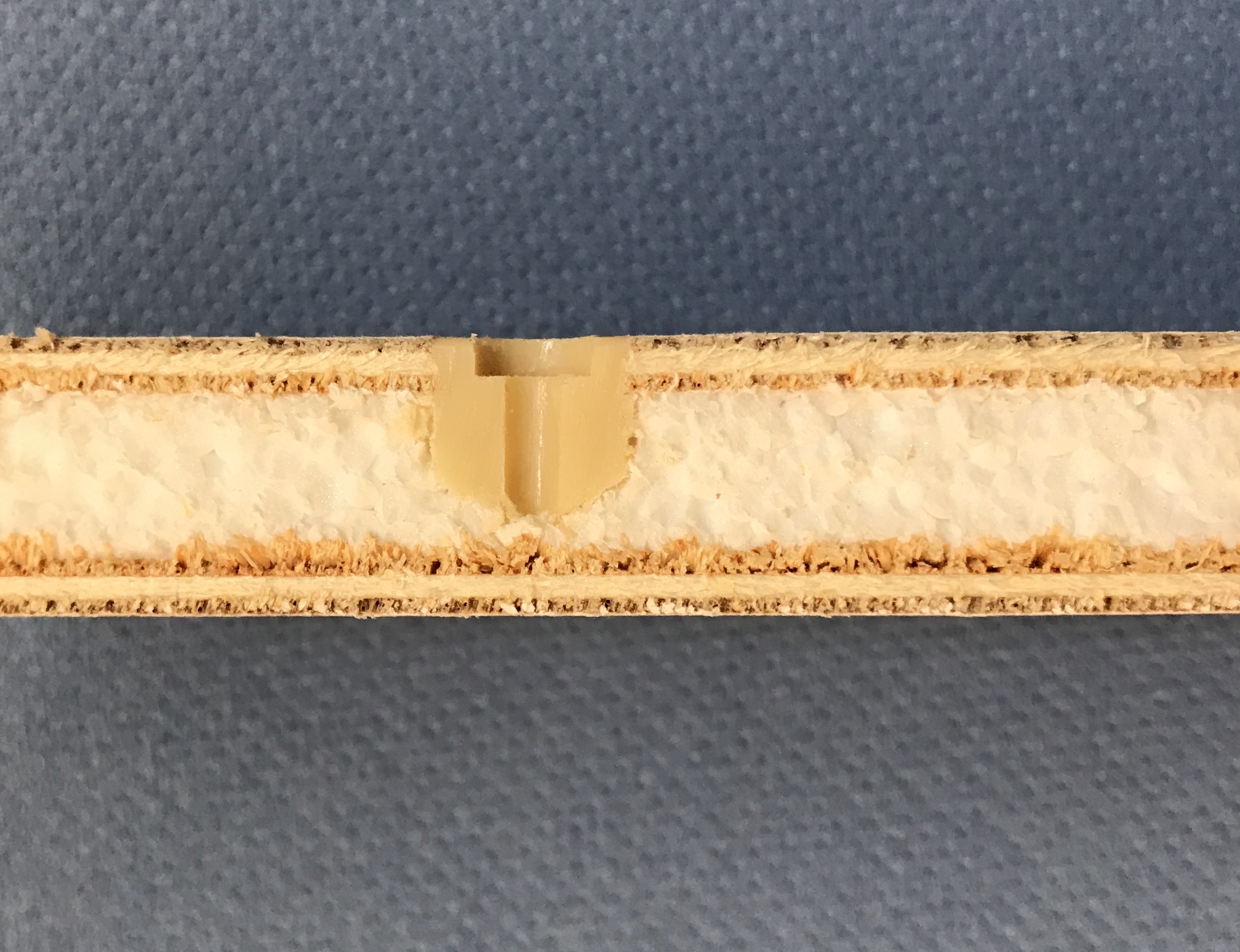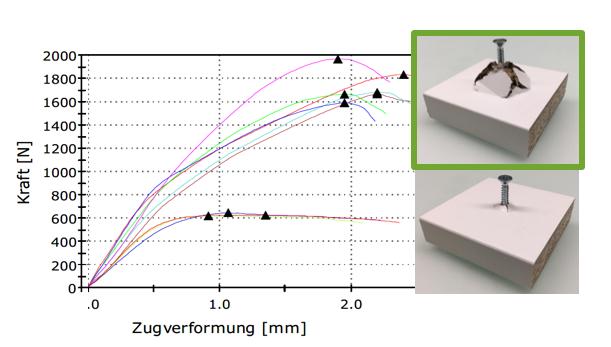Bonding technology has a long history - especially in the wood industry. At the Bremer Klebtage 2019 trade fair, Maik Schmolke from nolax explained how the bone glue of that time developed into fully automated high-performance processes and revolutionized the industry like a one-second adhesive. nolax invents and develops new adhesive technologies and thus opens up new markets for the adhesives industry. Maik Schmolke himself has completed the entire course program of the Fraunhofer IFAM in the field of bonding, from the bonding specialist to the adhesive bonding engineer and participation in the examination board. At nolax, he also conducts some projects in cooperation with the Fraunhofer IFAM to combine the know-how of practice and research.
Bonding in the wood and furniture industry - from bone glue to fully automated high-performance processes

How has adhesive bonding technology developed?
The first historical and proven "glue joints" 115,000 years ago were made of birch pitch and were used mainly to fix blades to wooden handles. More and more products were discovered and used as suitable adhesives: for example, a decoction of tendons, cartilage and other animal waste, or beeswax, which was used to bond the metal blades of razors to their handles.
However, the adhesives bonding techniques of the time have evolved. New materials are constantly coming onto the market. Lightweight construction materials such as honeycomb panels or chipboard are increasingly used for reasons of sustainability and better transport properties. In addition, bonding and assembly processes should be industrial and automated. So lightweight construction is more important than ever. Nevertheless, wood-based materials have to withstand heavy loads at individual points, which is achieved by local reinforcements, e.g. at screwing and fastening points. Today, reactive systems are often used here.
One such reactive adhesive is the polyurea instant adhesive developed and patented by nolax. While polyurethanes and epoxy have a reaction and curing time of a few minutes up to 48 hours, polyurea sticks within a few seconds. Although this places high, but solvable demands on the processing technology, it also allows for high cycle times and fast further processing of products, resulting in ideal process utilization.



Where is the instant adhesive used?
Due to current developments, such as increased online trading, more and more lightweight board materials are being used in wooden furniture. Here, the nolax instant adhesive enables the cost-efficient use of lightweight chipboard with a density of 400-550kg/m3.
The process is amazingly simple, lightning fast and can be integrated into existing industrial processes. The polyurea adhesive developed and patented by nolax penetrates deep into the chipboard and forms a solid anchoring point in seconds. Drilling and milling into the local reinforcement is possible immediately after injection. The technology can be used in panel plane as well as face side in industrial continuous processes.
The local amplification enables a much higher force application. In addition to screw connections, plug and profile connections are also possible.
The same principle can also be used for fixing points in sandwich panels.
For the furniture industry, this process opens up groundbreaking advantages:
- Chipboard density can be reduced to up to 400kg/m3 Cost saving potential up to 50€/m3 and increased sustainability
- New options in design and materialization: Thinner components, larger spans, additional functionality
- Low furniture weight enables better transport capacity utilisation: reduction of distribution costs up to 30%
- Quality improvement: Higher pull-out forces of the fasteners and improved moisture resistance
The adhesive is also used in the automotive sector, for example to integrate fixing points in honeycomb panels and thus achieve increased static and dynamic pull-out values. This cost-efficient process is automated and extremely precise. The new adhesive is also used in the aviation industry or for caravans and refrigerated transporters, for example for fixing foam core panels. These are produced even more easily and cost-effectively with polyurea adhesive.